How does a wallbox charger working for charging a car
A wallbox charger, also known as a home charging station or electric vehicle (EV) wall charger, is a device designed for the convenient and efficient charging of electric vehicles. Here is an overview of how a wallbox charger works to charge an electric car:
Power Connection:
The wallbox charger is typically installed at a fixed location, often in a garage or on an exterior wall of a residence. It is connected to the electrical grid, typically using a standard AC power source.
AC to DC Conversion:
The electrical power from the grid is alternating current (AC). The wallbox charger converts this AC power into direct current (DC), which is the form of electricity that is used to charge the battery of an electric vehicle.
Charging Cable and Connector:
The wallbox charger is equipped with a charging cable that has a connector compatible with the charging port on the electric vehicle. The most common connectors include Type 1, Type 2, and GB/T, depending on the region and the vehicle's specifications.
Communication with the Vehicle:
Modern wallbox chargers often incorporate communication protocols, such as the IEC 61851 standard. This allows the charger to communicate with the electric vehicle, ensuring a safe and efficient charging process. Communication includes functions such as verifying the connection, negotiating charging rates, and monitoring the charging session.
Charging Process:
Once the electric vehicle is connected to the wallbox charger, the charging process begins. The charger provides a controlled flow of DC power to the vehicle's battery. The charging power level may vary depending on the charger's specifications and the electric vehicle's capabilities.
Safety Features:
Wallbox chargers are designed with various safety features to protect both the vehicle and the charging infrastructure. These features may include over-current protection, temperature monitoring, and short-circuit protection.
Monitoring and Control:
Many wallbox chargers offer monitoring and control capabilities, often accessible through a mobile app or a web interface. Users can monitor charging progress, set charging schedules, and receive notifications. This enhances user convenience and allows for efficient energy management.
Completion and Disconnect:
Once the electric vehicle's battery is fully charged or the user decides to stop the charging session, the wallbox charger will complete the process. The charger then disconnects power to the vehicle, ensuring a safe and controlled disconnection.
User Authentication and Payment (Optional):
In some cases, wallbox chargers may include features for user authentication and payment processing. This is more common in public charging stations than in home chargers. Authentication can be done through RFID cards, mobile apps, or other secure methods.
Overall, a wallbox charger simplifies and streamlines the charging process for electric vehicle owners, providing a convenient and reliable solution for home charging. The key functionalities include power conversion, communication with the vehicle, safety features, and user-friendly interfaces for monitoring and control.
Shenzhen Sympres Technology Co. Ltd
a leading supplier of innovative and reliable EV chargers and wallbox chargers
www.symplug.com
Whatsapp: +8613537523979
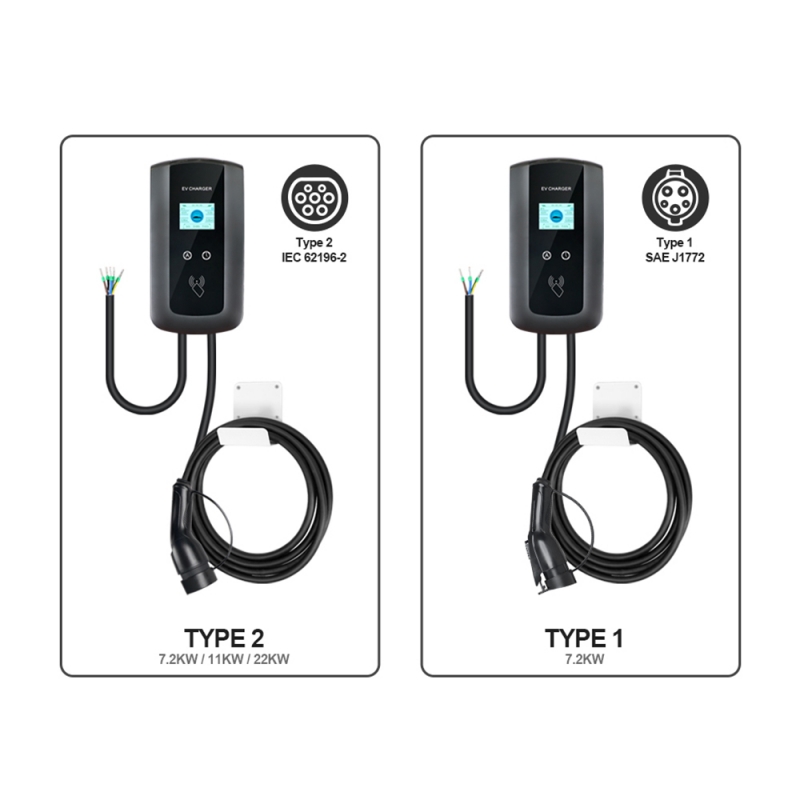

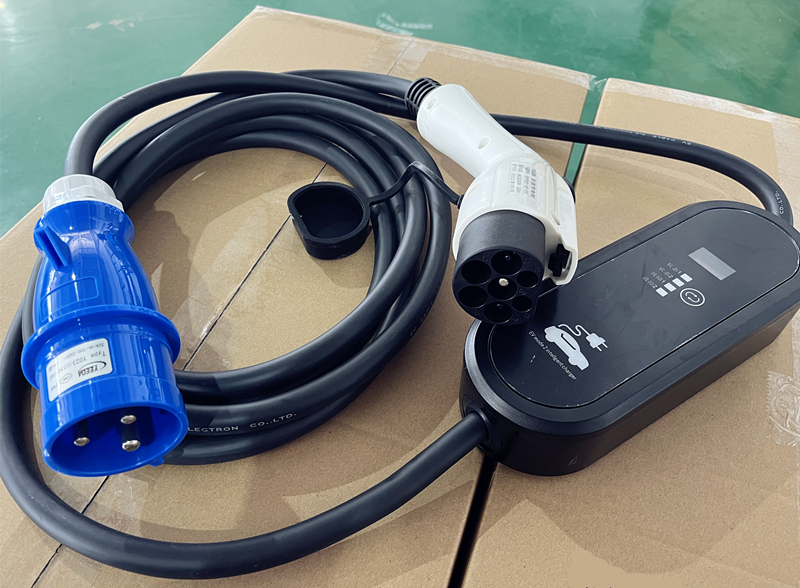
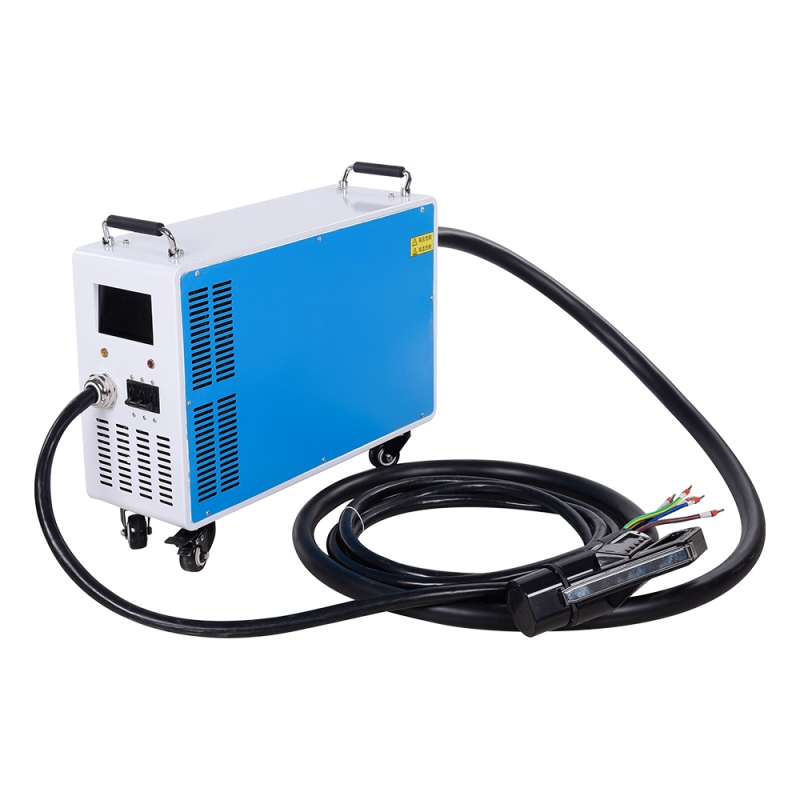
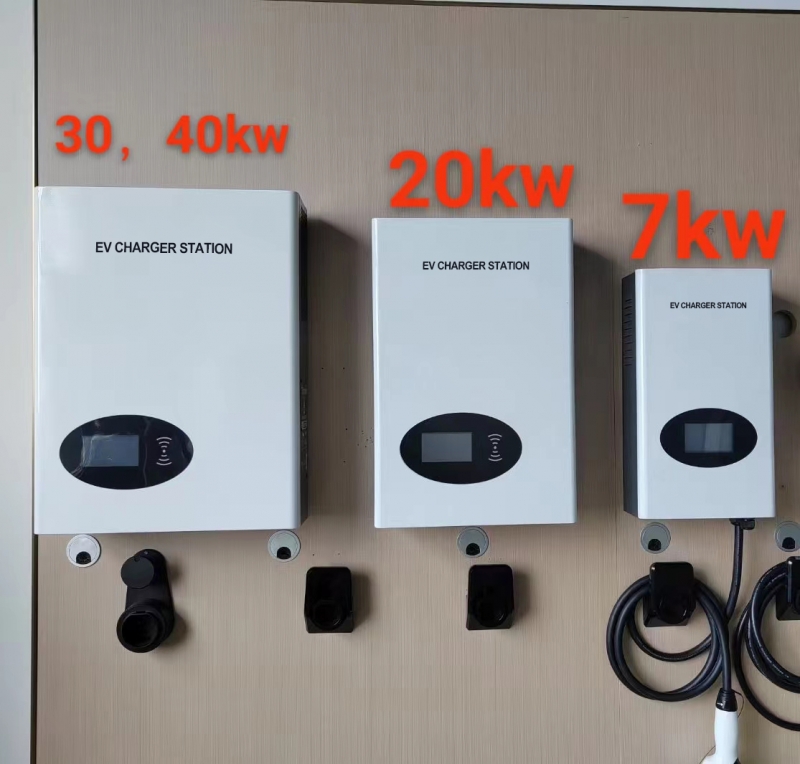
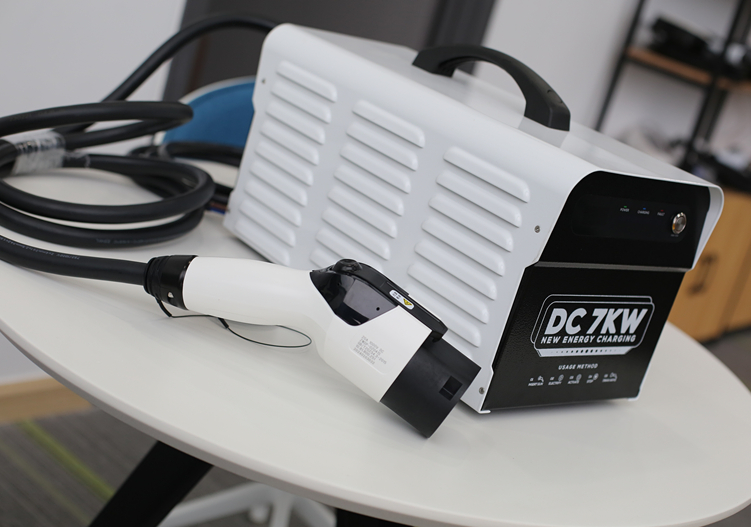
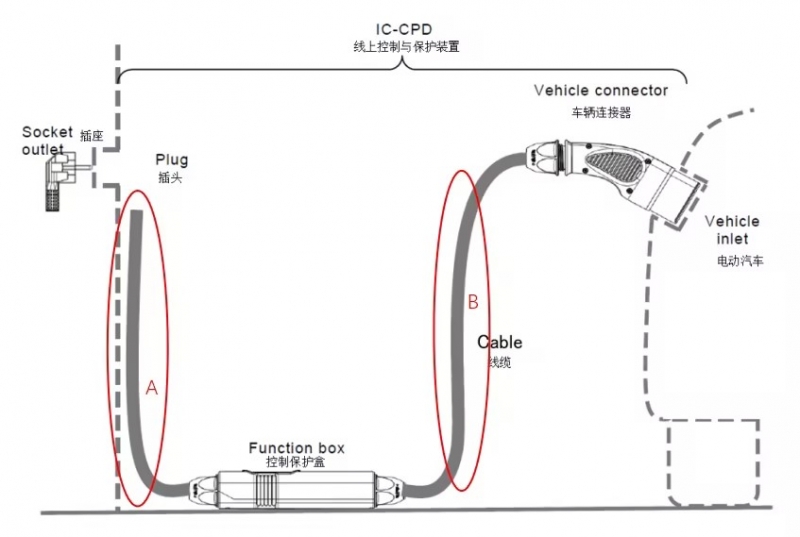

 Send Email
Send Email Jane_ev
Jane_ev